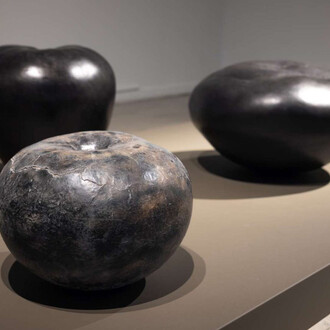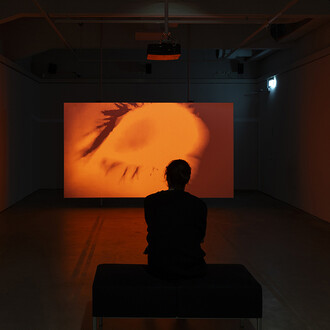The 90th anniversary exhibition of the Rettig Palace explores the architecture and original furnishing of the building that currently serves as a museum. The exhibition's wide array of visual material offers a window into the palace's many rooms and decades of history.
The builder of the palace, Hans von Rettig (1892–1979), was a member of the Rettig industrial family that made its mark in Turku in the mid-1800s with the founding of a factory for tobacco manufacture. In addition to the tobacco industry, Hans von Rettig was also keenly involved in the shipwright trade and sailing. He also had an interest in literature, theatre and his hometown Turku.
The Villa von Rettig was completed in December of 1928 on a historically significant lot by the Turku Cathedral and the Old Great Square. The palace, designed by architect Valter Jung, had its facade facing down the river Aura. The park built at the building's front was made to be as symmetrical as the shape of the lot itself would allow. The main entrance was situated on the side of Hämeenkatu. The courtyard was to be entered through an imposing iron gate that would only open for visitors of exceptional importance.
The yard on the Nunnankatu side was put to a more pedestrian use. It acted as a thoroughfare for the palace's residents and as a place for the staff to go about their daily chores. The garage, among other things, was also situated here.
The heart of the four-storey building was the so-called banguet floor. It was designed for receiving visitors, with rooms that put forth an air of dignity and affluence. The task of furnishing these rooms was put upon the architect Valter Jung and the designers of the Boman furniture manufacturer.
The rooms varied in tone, from dark, baroque wood to a lighter, more airy veneer. The ballroom, dining hall, tearoom, library and master office had windows facing the hillside garden. The side facing the river had a winter garden in the shape of a semi-circle, used in part to hold festivities.
The second floor held sleeping quarters for the inhabitants and guests alike. Now the floor has been put to use for art exhibitions, but some elements of the original space still remain. These include the ornamental hallway by the bedrooms and the host family's bathroom, furnished in green marble.
The topmost floor held the palace's observatory and billiard room. Their architectural form and details were a reminder of the host Hans von Rettig's interests in seafare and sailing ships. The space, spanning the floor's entire length, offers a view into the Rettig tobacco factory, as well as towards the harbour by the river Aura. The billiard table was put aside to make way for Hans von Rettig's extensive collection of miniature maritime vessels. Today the billiard room is in use as the museum's conference space.
The deed to the palace was transferred from the Rettig family to the Turku Workers' Savings Bank in 1988, and ultimately to the Matti Koivurinta Foundation in 1991. The museum of history and modern art, Aboa Vetus & Ars Nova, was opened on the Rettig Palace premises and underneath its garden in 1995.
















